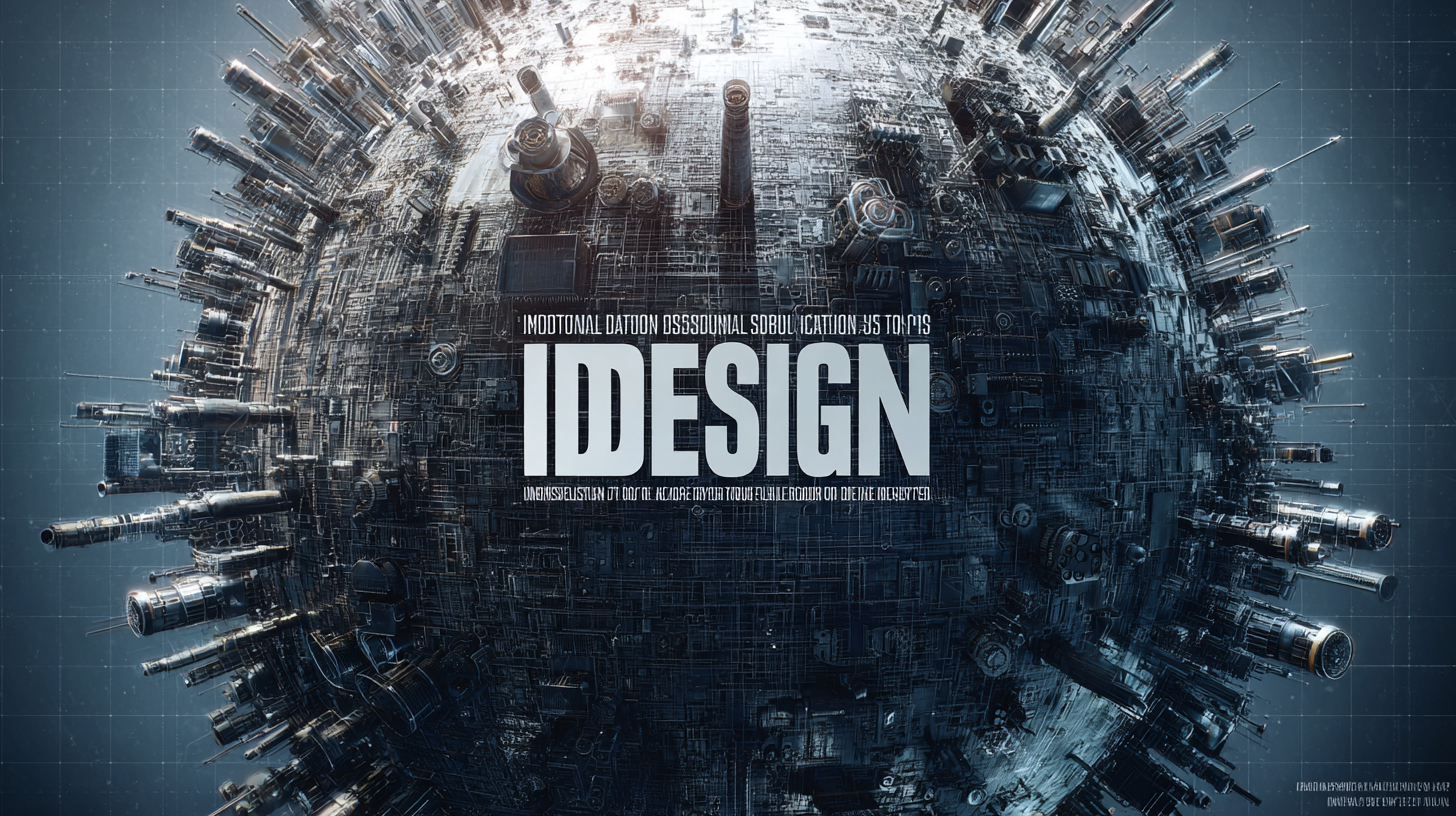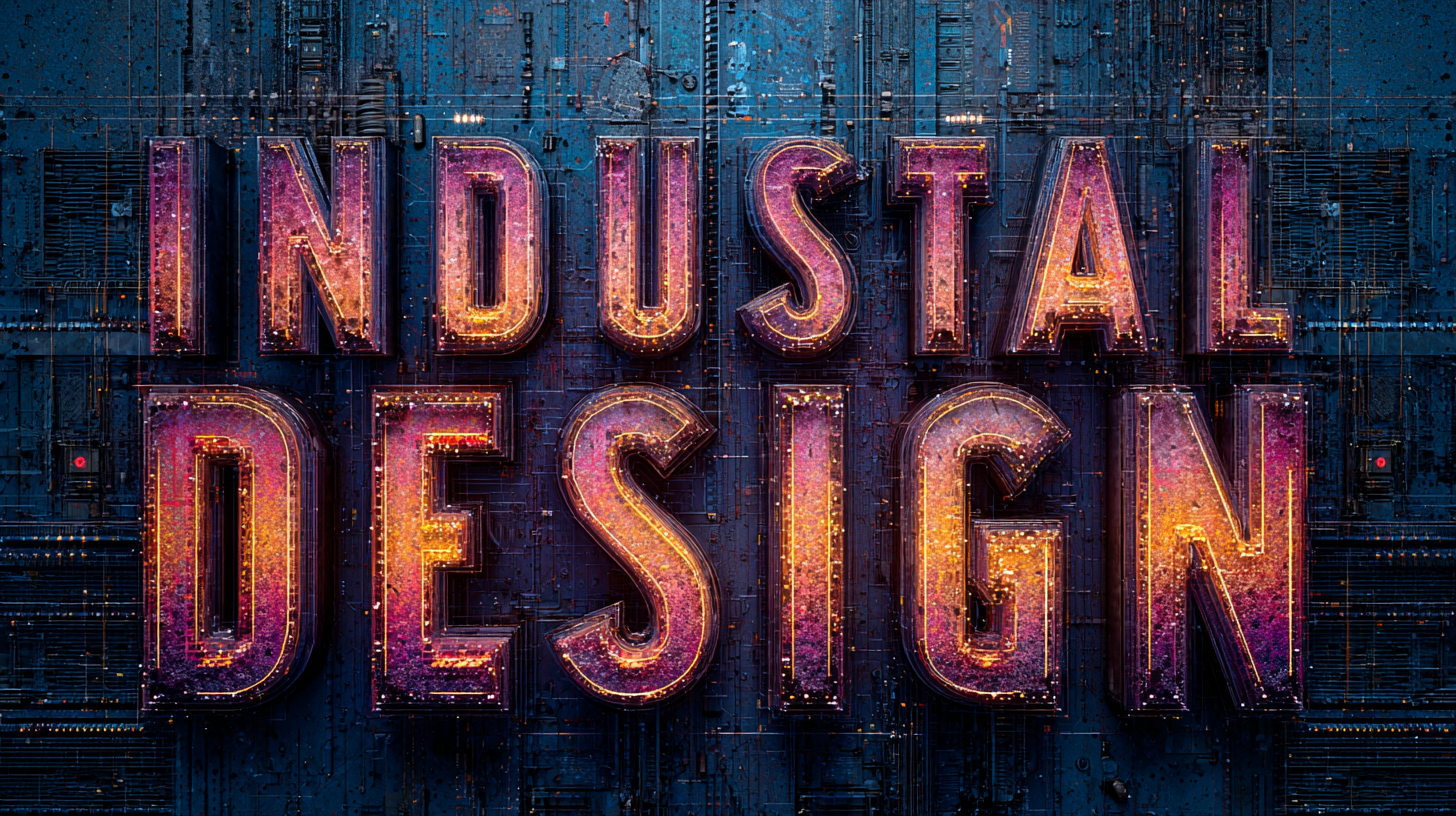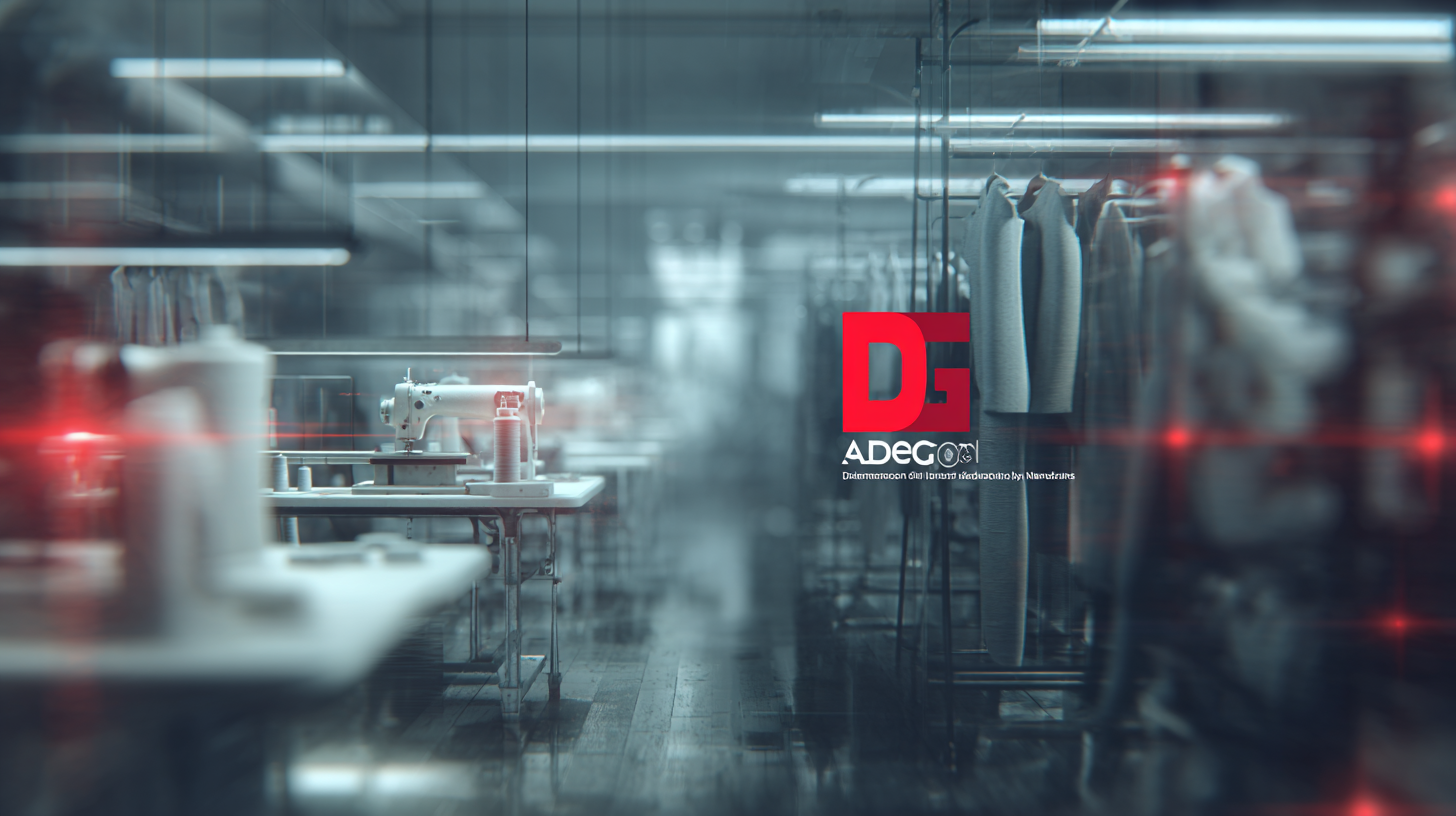


In today's increasingly competitive global market, achieving optimal industrial design is crucial for meeting diverse supply needs and driving business success. According to a recent report by the International Council of Societies of Industrial Design, effective industrial design can enhance product functionality, improve user experience, and significantly reduce production costs—parameters that are vital for companies looking to streamline operations and innovate.

A study conducted by McKinsey & Company found that companies investing in superior industrial design outperform their competitors by 200% in terms of sales growth. As organizations continue to navigate the intricacies of global supply chains, strategic industrial design serves as a powerful tool to differentiate products, facilitate production efficiency, and ultimately, fulfill consumer demands more effectively. This blog explores various alternatives to achieve the best industrial design tailored for global supply needs.
In today's rapidly evolving market, innovative approaches to industrial design are pivotal for optimizing global supply chains. According to a report by Deloitte, companies that prioritize design in their supply chain strategies can see up to a 20% reduction in operational costs. This underscores the importance of integrating cutting-edge design principles that not only streamline processes but also enhance product functionality and user experience. By leveraging advanced design methodologies, businesses can create more resilient supply chains capable of adapting to fluctuating global demands.
Moreover, incorporating sustainable design practices is becoming increasingly essential. Research from McKinsey highlights that companies focusing on sustainability in their supply chain design can improve their brand reputation and increase customer loyalty. In fact, 66% of consumers are willing to pay more for sustainable brands. By utilizing eco-friendly materials and designing for circularity, organizations can meet regulatory requirements and consumer expectations, ultimately driving profitability while contributing to a healthier planet. Embracing these innovative industrial design strategies is crucial for businesses looking to thrive in today's interconnected global marketplace.
| Design Approach | Description | Key Benefits | Challenges |
|---|---|---|---|
| User-Centered Design | Focuses on understanding user needs and integrating feedback throughout the design process. | Increased user satisfaction, better product usability. | Requires extensive user research and consultation, can be time-consuming. |
| Sustainable Design | Emphasizes eco-friendly materials and processes to minimize environmental impact. | Reduced carbon footprint, compliance with regulations, enhanced brand image. | Higher initial costs, potential material limitations. |
| Modular Design | Involves creating products that can be easily assembled, disassembled, or customized. | Increased flexibility, easier shipping and storage, potential for customization. | Can complicate manufacturing processes, potential compatibility issues. |
| Lean Design | Streamlines processes to eliminate waste and improve efficiency in production. | Cost savings, faster time to market, improved resource allocation. | Requires cultural change within the organization, potential short-term disruptions. |
| Digital Prototyping | Utilizes digital tools and simulations to create prototypes before physical manufacturing. | Reduced development time and costs, enhanced collaboration. | Requires investment in technology, may not capture all physical constraints. |
In today's competitive market, striking the right balance between quality and cost is crucial for effective industrial design. China's manufacturing landscape offers a plethora of options, but it also poses challenges in maintaining quality standards while keeping costs low. To ensure your global supply needs are met without compromising on quality, it's essential to adopt strategic approaches throughout the design and manufacturing process.
One effective tip is to establish solid communication with your suppliers. Clear expectations regarding materials, production techniques, and quality checks can help minimize misunderstandings that could lead to subpar products. Regular updates and revisions during the design phase can further ensure that quality is embedded in the entire process.
Additionally, consider conducting thorough research on local manufacturers to identify those that prioritize quality in their production methods. Many manufacturers offer flexible options that can accommodate various budget ranges without sacrificing product integrity. By focusing on partnerships with manufacturers known for their commitment to quality, you create a stronger foundation for your industrial design needs while keeping costs manageable.
Integrating sustainable practices in international product design is not just a trend; it is becoming an essential requirement for businesses aiming to stay competitive in a global market. According to a report by McKinsey, nearly 70% of consumers are willing to pay more for brands that are committed to sustainability. This shift in consumer sentiment is pushing companies to rethink their design processes and adopt more environmentally friendly materials and production methods.
One effective approach is the implementation of circular design principles that emphasize the entire lifecycle of a product. Research from the Ellen MacArthur Foundation highlights that circular economy strategies could generate up to $4.5 trillion in economic benefits by 2030. By focusing on designing products that are not only functional but also easy to disassemble and recycle, companies can significantly reduce waste and improve their environmental footprint. Moreover, integrating renewable materials and minimizing water usage during production can further enhance sustainability efforts, aligning with the global push towards net-zero emissions.
As global supply chains become increasingly interconnected, the need for sustainable product design is more pressing than ever. The World Economic Forum estimates that by 2025, around 70% of the workforce will be millennials and Gen Z, demographics that prioritize sustainability in their purchasing decisions. By adopting sustainable practices in international product design, businesses can not only meet regulatory requirements but also cater to the expectations of a new generation of consumers committed to making environmentally conscious choices.
Effective communication is the cornerstone of successful global supply partnerships, particularly in the field of industrial design. According to a report by McKinsey & Company, companies that prioritize communication across their supply chains can achieve a 15-20% increase in operational efficiency. This is particularly vital in today's interconnected economy, where delays or misunderstandings can lead to significant financial losses. The need for clarity in specifications, timelines, and expectations cannot be overstated; thus, integrating robust communication practices enhances collaboration and fosters innovation in design and execution.
Additionally, a study by Deloitte found that 80% of executives believe that improved communication can boost their organization’s competitiveness in the global market. This highlights the importance of cultivating an environment where feedback is encouraged and ideas are freely exchanged. By leveraging tools such as digital communication platforms and regular status meetings, partners can maintain alignment on goals and adapt to challenges quickly. Ultimately, prioritizing effective communication not only fortifies partnerships but also drives the successful realization of industrial design projects tailored for global supply needs.

In today's competitive landscape, leveraging technology is imperative for enhancing industrial design efficiency. Advanced software tools and simulations enable designers to prototype and iterate rapidly, reducing time-to-market significantly. By utilizing 3D modeling and virtual reality, companies can visualize products in real-time, making it easier to identify potential issues early in the design process. This not only streamlines communication among teams but also ensures that every stakeholder is aligned with the project's vision from the very start.

Additionally, the integration of artificial intelligence and machine learning in industrial design helps optimize production processes. Data-driven insights allow designers to predict how products will perform under various conditions, leading to smarter decision-making. This technological shift enhances collaboration between design and manufacturing teams, fostering an agile environment where adjustments can be made swiftly and effectively. Embracing these innovations not only boosts efficiency but also results in higher-quality products that meet the diverse needs of global supply chains.